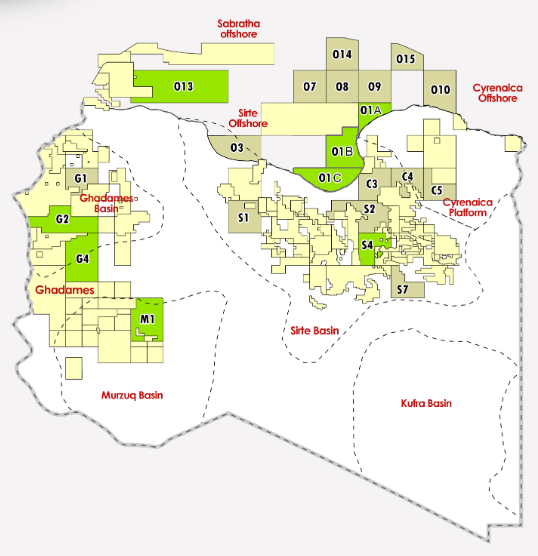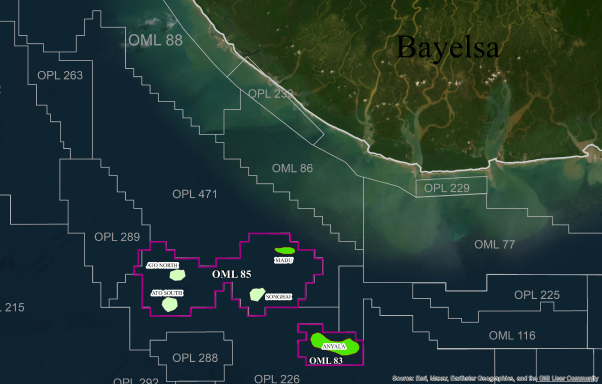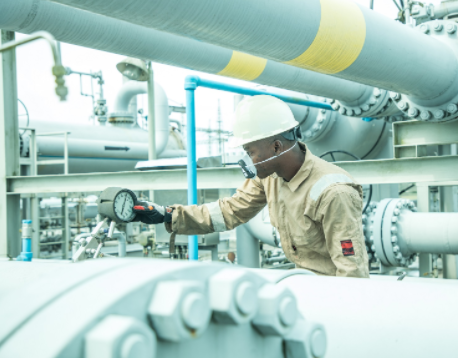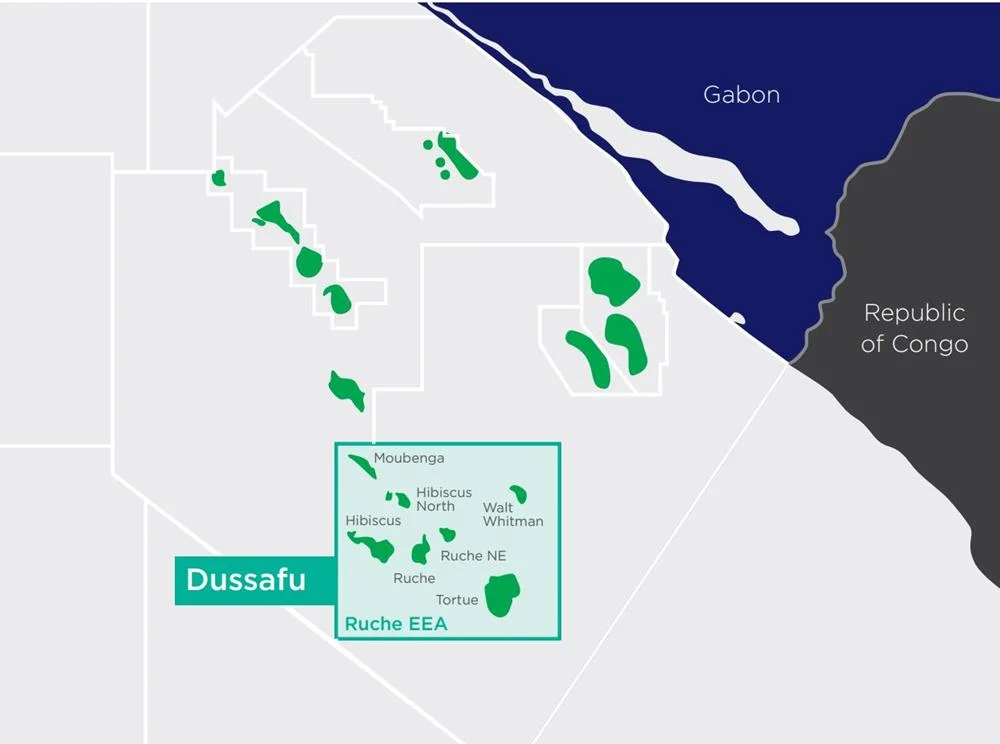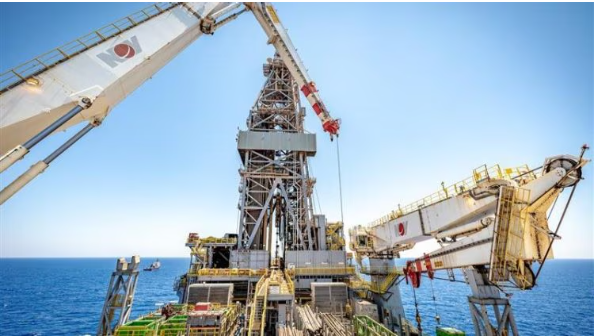Tanzania’s LNG export terminal could be expanded
Courtesy of Reuters
Tanzania’s first planned liquefied natural gas (LNG) export terminal could be expanded after the project partners discovered more gas than expected, shareholder Ophir Energy said.
East Africa, tipped to become one of the next big gas-producing regions after huge discoveries in recent years, is in a race with the likes of Russia, Australia and Canada to feed an expected supply gap around the turn of the decade.
Tanzania’s LNG export terminal, backed by Britain’s BG Group and Norway’s Statoil, is expected to start shipping gas to customers from around 2020, with a final investment decision expected in 2016. U.S. oil major Exxon Mobil is also a shareholder.
Project partner Ophir Energy said on Thursday that a third train, the facility where gas is turned into liquid for transportation, could be added after its joint venture with BG Group upgraded offshore discoveries to 15.7 trillion cubic feet.
This volume will underpin development of a minimum of two 5 million tonne per annum LNG trains “and provides encouragement for a potential third” the company said in its 2013 results statement on Thursday.
The London-listed oil and gas explorer reported a net loss of $245.8 million for 2013 after impairments on some of its African exploration sites.
Most of the charges relate to its Tanzania Block 7 after disappointing drilling results.
The company’s sale of interests in Tanzanian blocks to Pavilion Energy for $1.288 billion is due to complete imminently, it said.
“We have entered 2014 well financed to deliver the most extensive exploration programme in Ophir’s history, targeting wells in Tanzania, Gabon and Equatorial Guinea,” Chief Executive Nick Cooper said.


